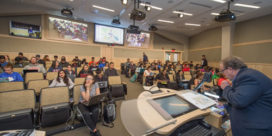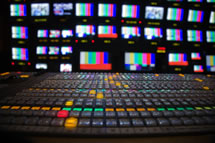Learn how to make your campus-to-campus videoconferences immersive
Higher-ed instructors are always looking for new ways to make their courses more attractive, engaging, and convenient for students. Doing so helps institutions remain competitive and ensures they…




